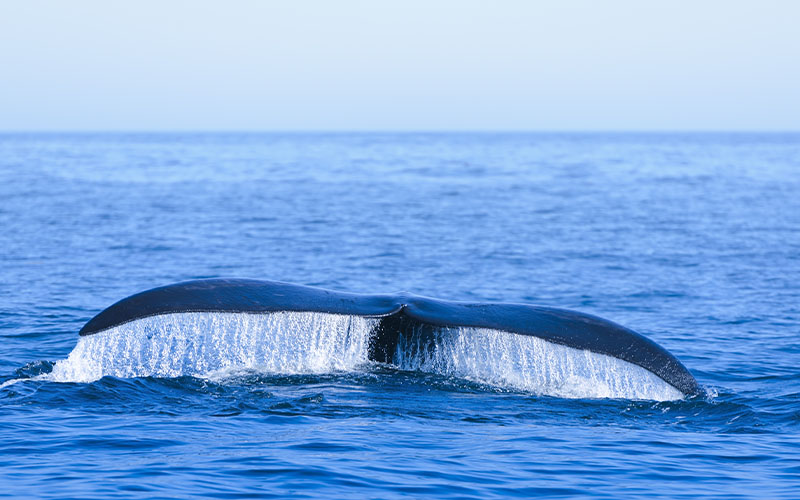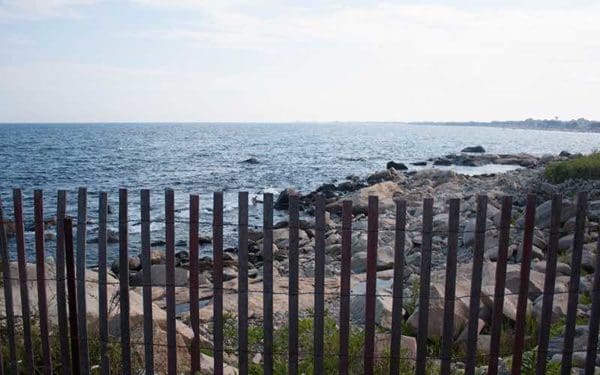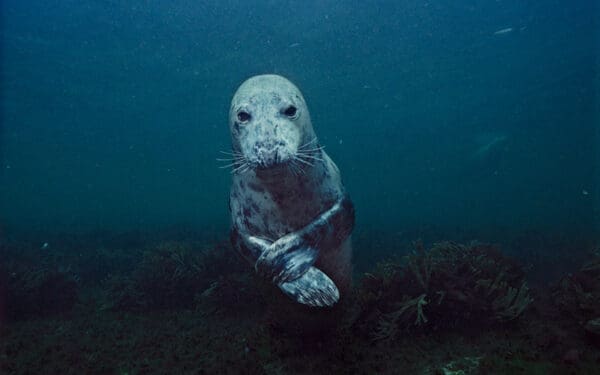
Last year, 12 North Atlantic right whales died in Canadian waters. This year, Canada has taken swift action to ensure it doesn't happen again. Photo: Steve Meese via Creative Commons 2.0
Last year was particularly devastating for North Atlantic right whales: 17 whales died, leaving the remaining population of less than 450 precariously close to extinction. Twelve of the deaths last year occurred in Canadian waters. Certain folks in the U.S. pointed their fingers at our northern neighbors saying that efforts here are pointless unless Canada makes necessary changes.
Well, Canada is taking action – and they’re doing it much faster than we are. It’s time to stop placing blame and start moving forward before we lose North Atlantic right whales forever.
Take a Lesson from our Northern Neighbors
Most North Atlantic right whale deaths result from entanglements in fishing gear. While many fisheries use gear that can entangle whales, the majority of the deaths last year were attributed to the Canadian snow crab fishery. Recognizing the right whale crisis as a “shared responsibility,” Canada has taken unprecedented actions so far in 2018 to curb deaths from its snow crab industry. The Canadian Minister of Fisheries and Oceans first responded to the crisis in January with new requirements to reduce the amount of excess rope from fishing gear in the water, mark fishing gear that is by design left in the water more effectively, and report all lost gear.
The initial measures were a good start, but environmental groups didn’t think it went far enough. In March, the Canadian Minister of Transport joined the conversation and, together with the Minster of Fisheries and Oceans, upped the ante. They announced a holistic plan to protect right whales in part of the Gulf of St. Lawrence, where many whales end their long migration up the eastern coast of North America every spring.
The updated plan will reduce the total number of traps in the snow crab fishery, open the fishery earlier so fishermen can try to catch crabs before whales even arrive, and set a date by which all gear must be removed from the water.
The plan will also place speed restrictions on boats bigger than 65 feet nearly six months of the year, grow funding for efforts to rescue whales found entangled in gear, and increase aerial surveys to better understand when whales are in Canadian waters. It will also require comprehensive reporting and monitoring to ensure compliance with these new measures.
In addition, fishermen will begin testing “ropeless” technology this spring, which eliminates the nearly unbreakable rope that whales get entangled in.
This plan has teeth, and it’s going to happen. Some of these measures will be implemented by the end of April.
Taking the Government to Court for Inaction
Canada has shown its cards, and now the U.S. needs to follow suit. Because of our own government’s failure to protect right whales, CLF is using the courts to force federal regulators to comply with their legal responsibility.
In the U.S., we have powerful statutes like the Endangered Species Act and the Marine Mammal Protection Act that require our federal agencies to take action to protect and restore species before they become extinct. The U.S. National Marine Fisheries Service has ample authority to force necessary actions in the face of an emergency – what it doesn’t have is time to drag its feet.
If our fisheries service can’t decide what it should do in the face of this right whale emergency, then Canada just gave us a road map. It’s up to us to take action.



